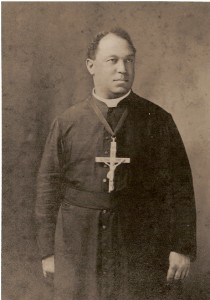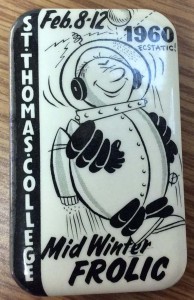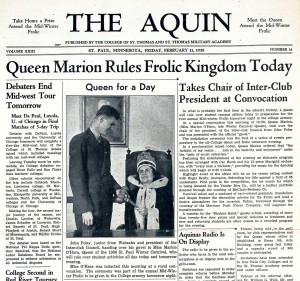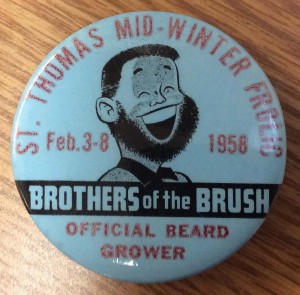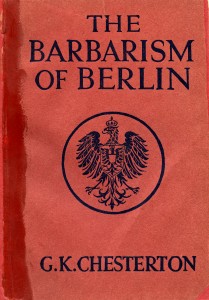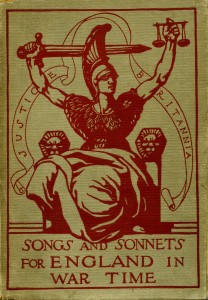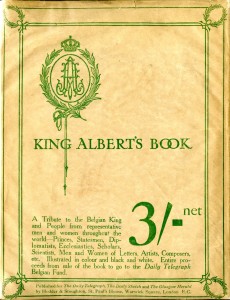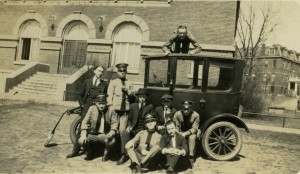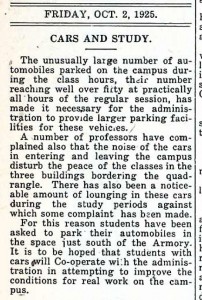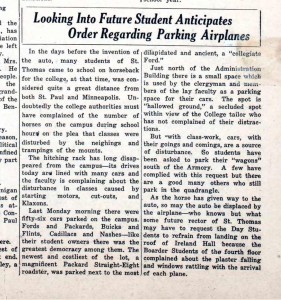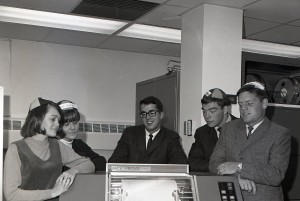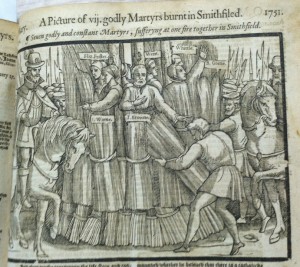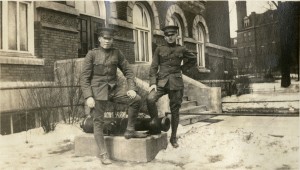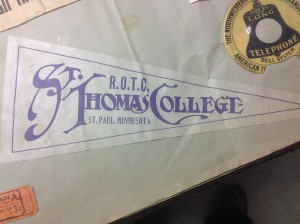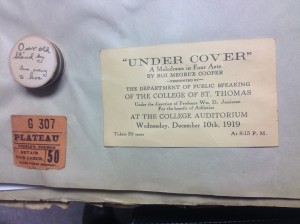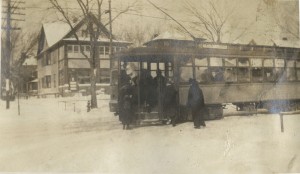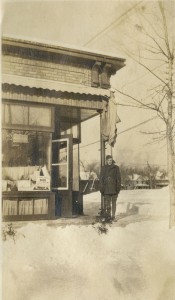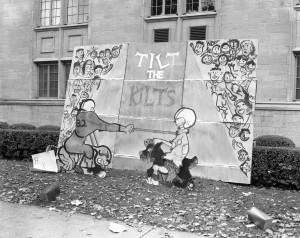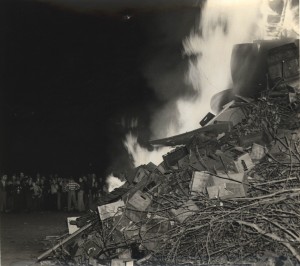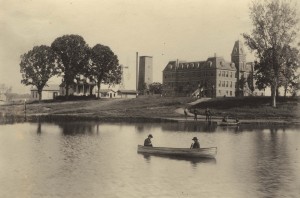February is African American History Month. In honor of this celebration, I want to highlight two early African-American alumni of the University of St. Thomas.
The first African-American student to attend St. Thomas was John Henry “Harry” Dorsey. In 1888, Dorsey was invited to attend the (then) St. Thomas Aquinas Seminary by Archbishop John Ireland. Dorsey studied at the school for only a year before returning to his native Baltimore to attend the newly opened Epiphany Apostolic College. Ultimately, he was ordained as a member of Society of St. Joseph in 1902 becoming only the second African American priest to be ordained in the United States. Fr. Dorsey spent many years serving as a missionary in several Southern States before his death in 1926.
Charles Valmo (later known as Valmo Charles) Bellinger attended the College of St. Thomas from 1917 – 1919. “Tex”, as he was known to his fellow students, hailed from San Antonio, Texas. He excelled in the classroom as well as on the football and track teams and was known by his classmates for his willingness to debate on any issue. After his graduation from St. Thomas’s Junior College in 1919, he completed his education at Lincoln University, the University of Pennsylvania and Harvard University before returning to his hometown. In San Antonio, he became active in local politics and founded and published one of the most successful African-American newspapers in the Southwest, the San Antonio Register.
To find out more about the history of the University of St. Thomas, visit the University Archives webpage or search the Historic University Publications database and the Univeristy Archives Photograph Collection.
